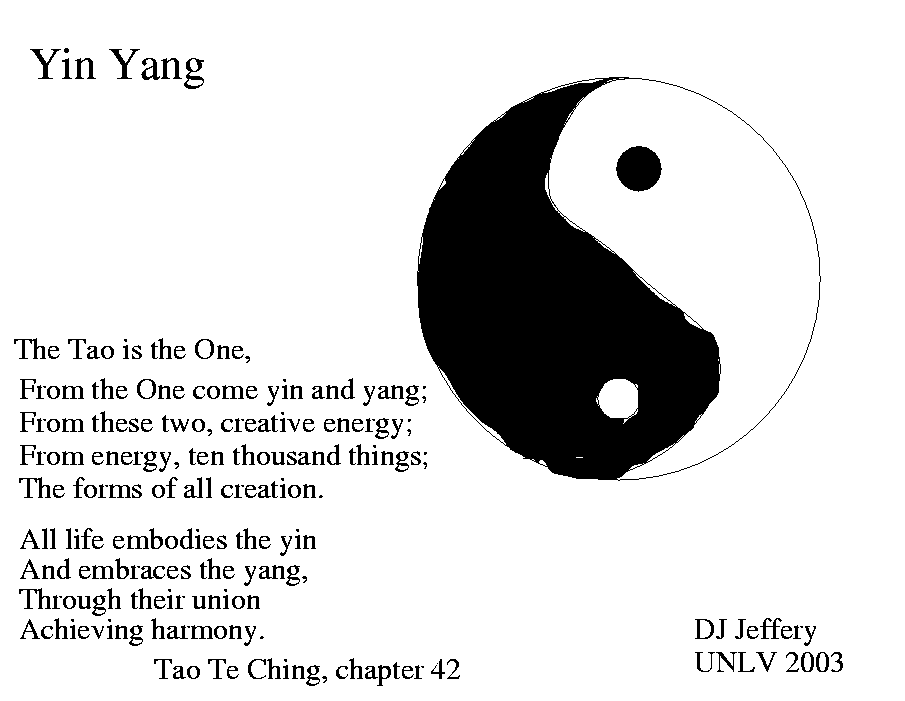
Caption: The Yin-Yang symbol. The literal meaning of Yin/Yang is dark/bright. The formal name of symbol is the taijitu.
Different cultures have come up with different sets of constellations---but nowadays all sets are often obscure, except, of course, the IAU-defined 88 constellations.
For example, traditional Chinese astronomy seems to have had various sets of Chinese constellations.
For example, Chhien Lu-Chih (5th century CE) grouped 1464 stars into 284 Chinese constellations (see John North 1994, The Norton History of Astronomy and Cosmology, p. 139--140). Chhien Lu-Chih (5th century CE) is possibly the same person as Qian Lezhi (5th century CE).
Yours truly could find no images of Chinese constellations when yours truly wanted to find them. So Yours truly just made his own Yin-Yang symbol.
The Yin-Yang symbol doesn't represent a constellation---it is a symbol of dualism. However, astronomical interpretations of it can be made: e.g., nighttime and Moon (Yin) and daytime and Sun (Yang).
Yours truly can't recall where the translation of the quote of the Tao Te Ching in the figure came from. Here's a comparable one---well maybe not so comparable---are they going on about the same thing at all:
-
42
The Tao produced One; One produced Two; Two produced Three;
Three produced All things. All things leave behind them the Obscurity
(out of which they have come), and go forward to embrace the
Brightness (into which they have emerged), while they are harmonised
by the Breath of Vacancy.
-
---Tao Te Ching (earlier then 300 BCE),
traditional author
Laozi (6th--4th centuries BCE),
quote
from the translation
Tao Te Ching by Lao-tzu, 1891, chapter 42
by James Legge (1815--1897).
Credit/Permission: ©
David Jeffery,
2003 / Own work.
Image link: Itself.
File: Alien images file:
yin_yang.html.